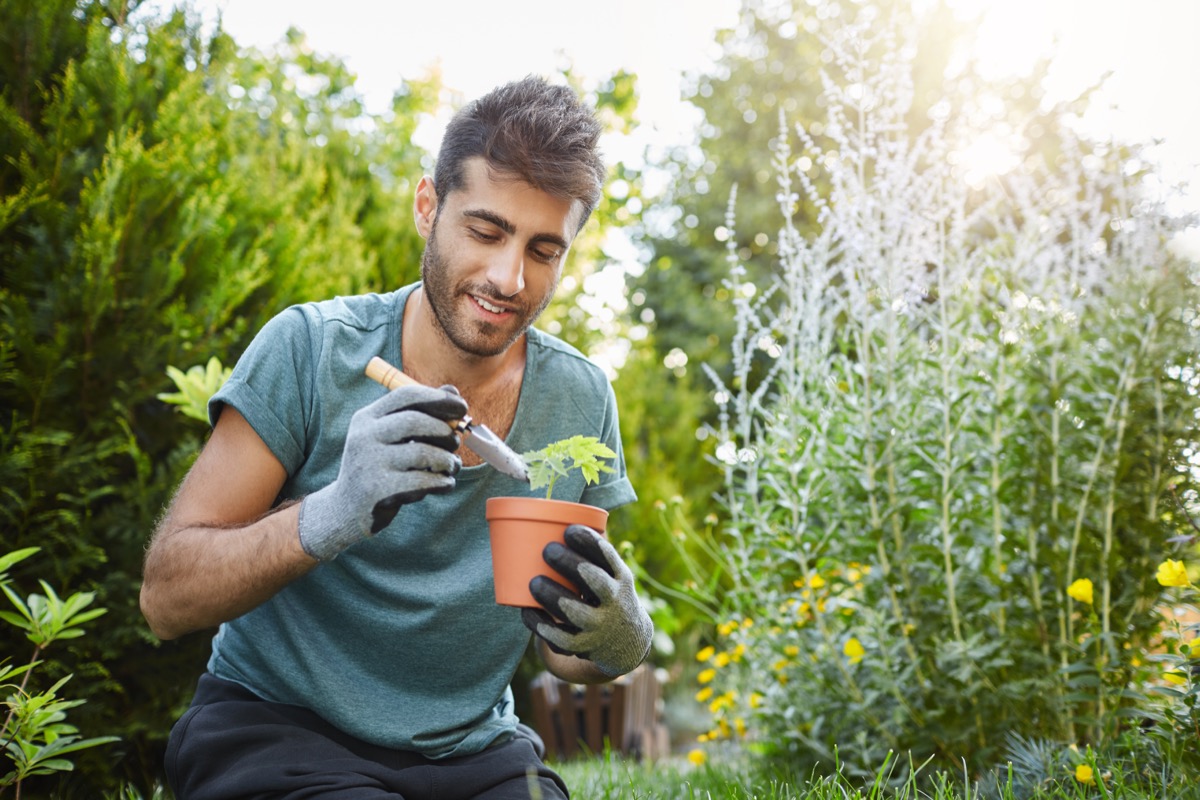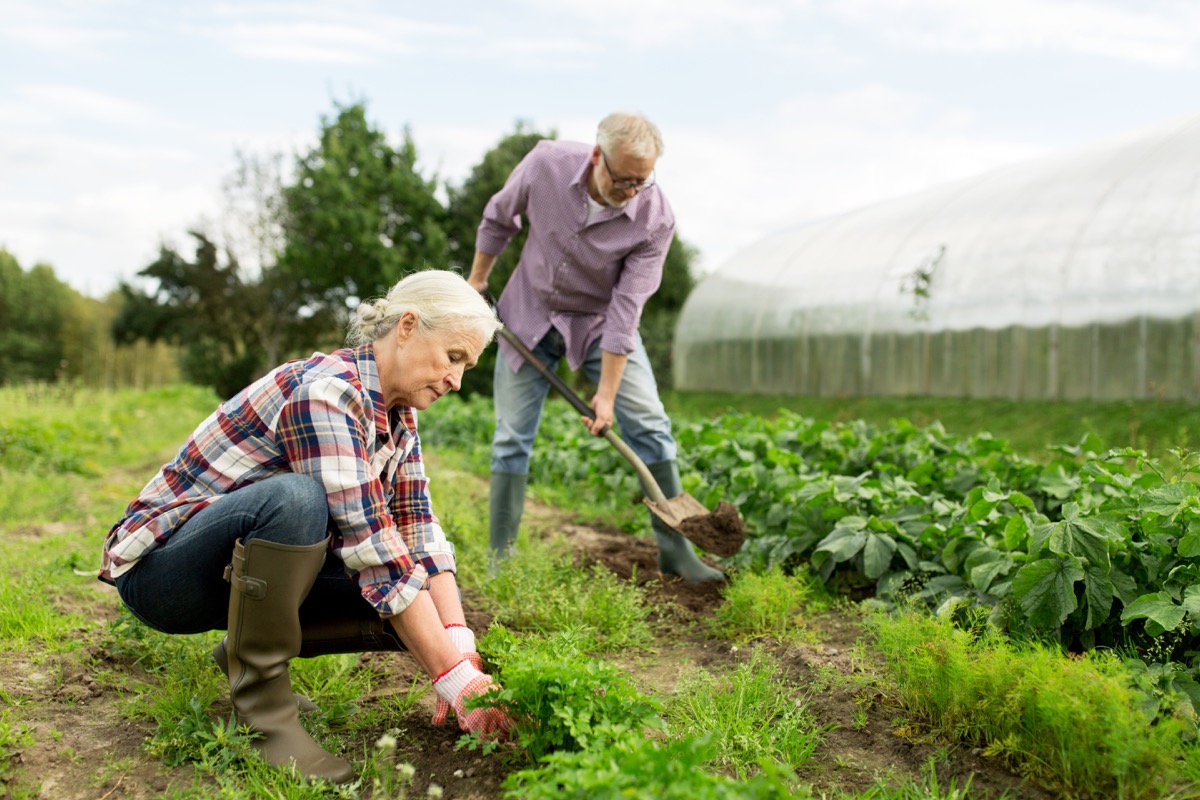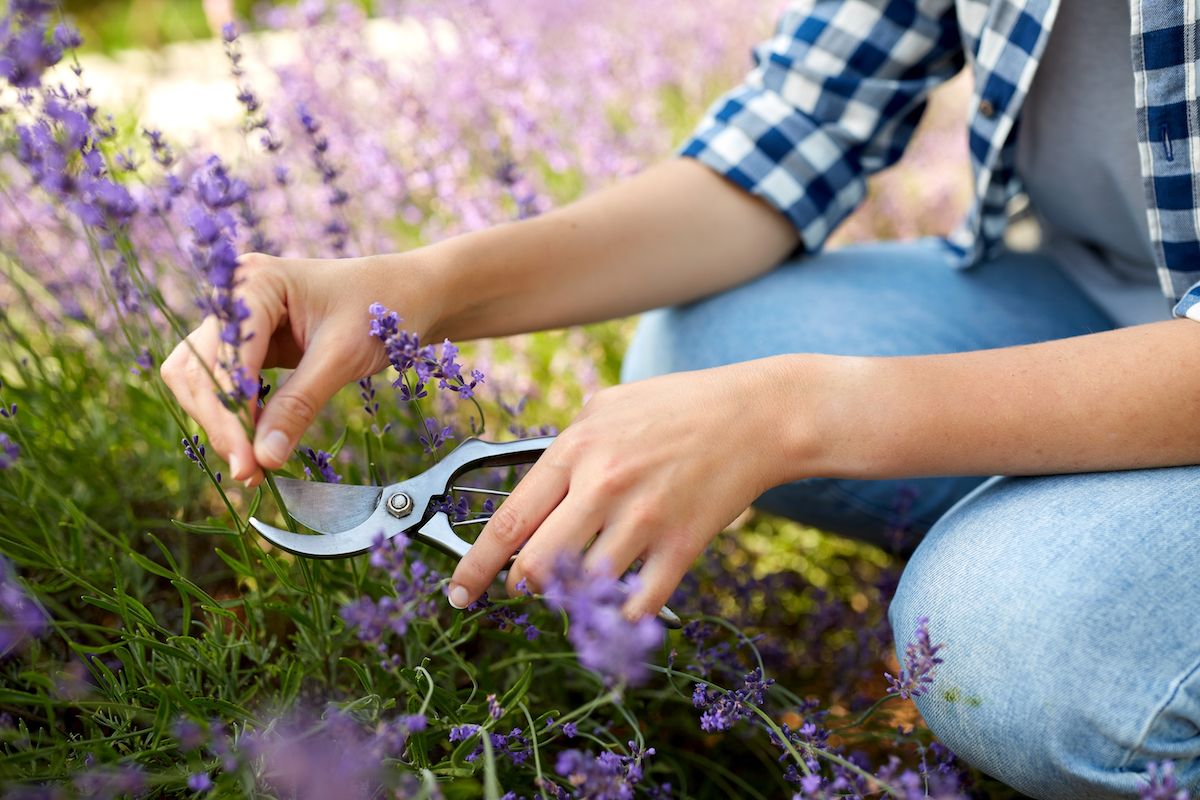U.S. Gardening Map Updated for First Time in a Decade—What You Can Plant in Your Region

When you plan your landscaping, it pays to know which plants tend to thrive in your region. To that end, many gardeners use the U.S. Department of Agriculture’s (USDA) Plant Hardiness Zone Map, a helpful tool that plots the nation’s temperatures and demystifies which perennial plants are likely to survive best in each area. Last month, an updated map was announced for the first time in a decade—which could dictate certain changes in your own garden. Read on to find out how it’s been updated and what to plant now.
RELATED: 7 Easy Flowers for Your Garden That Don’t Need Sunlight.
The USDA’s Plant Hardiness Zone Map has been updated.

The gardening map has been updated to reflect a change that horticulturalists have long been aware of. Due to climate change, roughly half of the regions are now warmer than they were previously. Some areas—including the regions surrounding Arkansas, Kentucky, Missouri, and Tennessee—have risen five degrees on average.
In general, people may wish to adapt their landscaping plans to exclude plants that will not thrive under slightly warmer conditions.
However, the USDA also reminds gardeners that despite the general trend toward warmer temperatures, any area “could experience a year with a rare, extreme cold snap that lasts just a day or two, and plants that have thrived happily for several years could be lost. Gardeners need to keep that in mind and understand that past weather records cannot provide a guaranteed forecast for future variations in weather.”
RELATED: Why You Shouldn’t Trust Weather Predictions from the Farmer’s Almanac.
There are 13 zones—here’s how to find yours.

The color-coded map has 13 regions, each determined by the average annual extreme minimum winter temperature. Zone 1 is the coldest, while zone 13 is the warmest. This is represented on the map in gradient color changes that illustrate how one region connects with the next.
To find out which hardiness zone you’re in, simply head over to the USDA site and type in your zip code.
You can search for planting supplies by zone.

Some stores make it simple to shop for seeds, bulbs, and plants by hardiness zone. For instance, Lowe’s has a handy sorting system for locating perennial plants that should thrive in your region.
The company suggests that people in Zone 2, for example, are likely to have luck with white peonies or purple allium. Those in Zone 3 may notice tulips, hyacinths, and daffodils thriving. You can plug in your own zone information to receive suggestions specific to your area. You can also check the plant tags in stores and plant nurseries, as these will typically list the plant’s hardiness zone.
RELATED: 7 Plants You Can Buy That Are Actually Dangerous Invasive Species.
Other factors can determine which plants will thrive.

As the USDA points out, there are several ways that your own garden may differ from what is represented on the map. Though the most recent edition is drawn in “the most detailed scale to date”—one-half of a square mile—they note that some areas may have microclimates that are too small to be represented on the map.
“Gardeners should recognize that many other environmental factors, in addition to hardiness zones, contribute to the success or failure of plants,” the agricultural authority says. “Wind, soil type, soil moisture, humidity, pollution, snow, and winter sunshine can greatly affect the survival of plants. Warm season heat and moisture balance are particularly important in this regard. The way plants are placed in the landscape, how they are planted, and their size and health can also influence their survival.”
When in doubt, consulting local horticultural experts and practicing trial and error are your best bet. “No hardiness zone map can take the place of the detailed knowledge that gardeners learn about their own gardens through hands-on experience,” says the USDA.
For more gardening tips sent directly to your inbox, sign up for our daily newsletter.